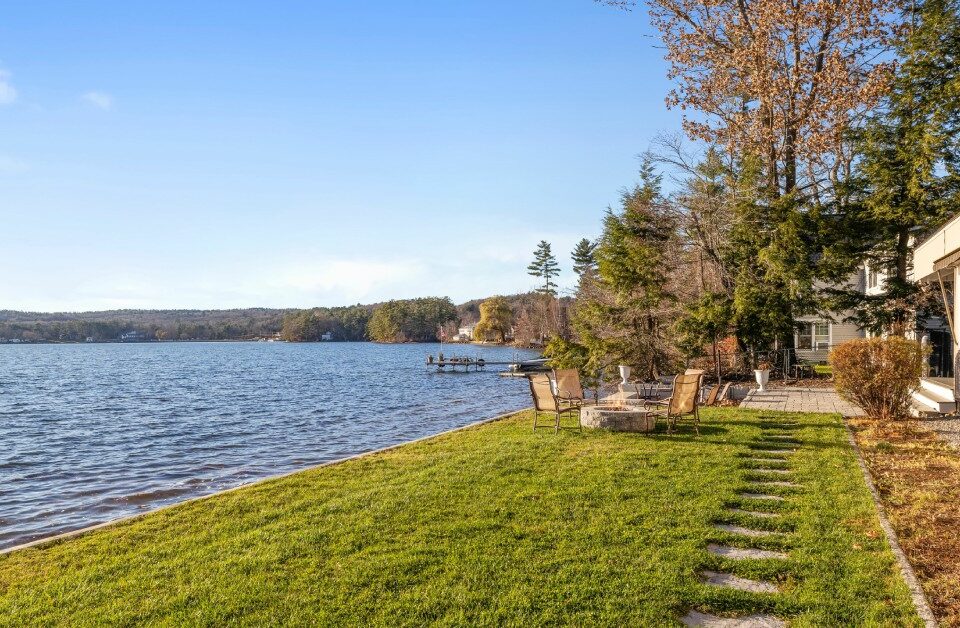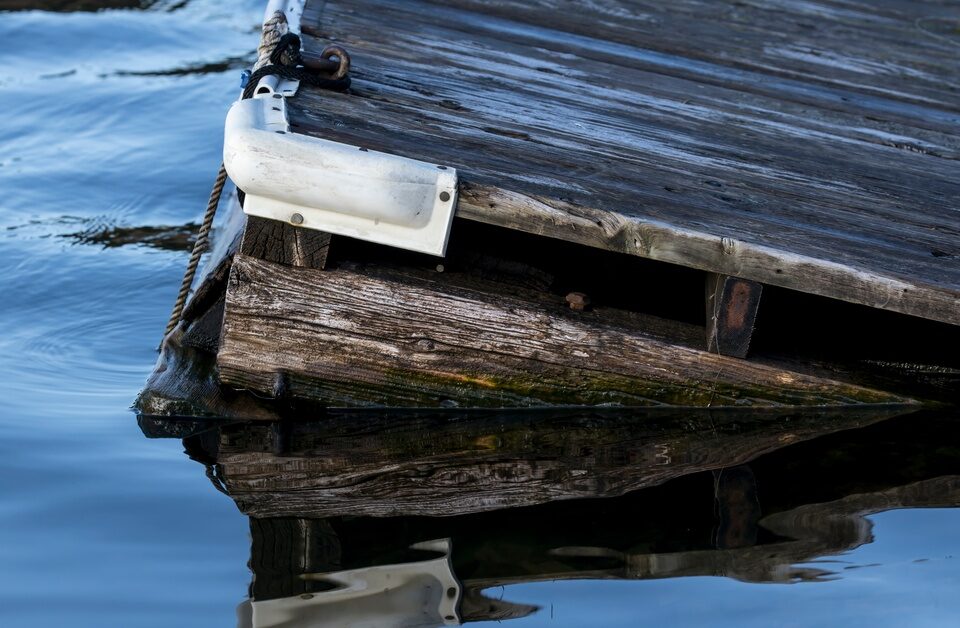Choosing a Dock Layout
So you’ve measured water depths, surveyed the neighbors dock, and identified how many 8ft long sections you’ll need to achieve maximum velocity and height when jumping off the end of the dock. This, my cottage dwelling friends, is your baseline. What you add on from there is what transforms your dock from a strictly functional piece of equipment to a living/entertaining area and much more.
Some people want just a plain straight dock, and that’s just fine. For the purposes of this article, your dock blogger will assume you want something more. We add different layouts and configurations to our docks for 2 main reasons – extra living space and increased access to watercraft. Allow me to elaborate on both needs with some of my favorite dock configurations.
Extra Living Space:
In my experience as a dock builder this is the greater of the 2 needs for adding dock space. Most folks would rather invest their funds in extra space for living rather than extra space for functionality – which the dock inherently has anyway being that it gets you from shore to boat. For my customers, 9 times out of 10 the dock layout of choice is the patio dock. This dock consists of taking an additional section of dock and placing it parallel and next to the last section. Adding 1 patio dock essentially creates an 8ft x 8ft living area on the water (assuming 4ft wide x 8ft long sections). By adding a 2nd patio dock, you now have a 12ft wide x 8ft long area. This can go on for as long as is needed. The real advantage of this layout is that all the space is useable. By adding even 1 patio dock section you would have enough room for 2 Adirondack chairs and space for someone to cast a lure in front of you. I’ve seen people put whole patio sets on their patio dock.
Another great option is the tee dock configuration. The idea here is to take the last section of dock and invert it 90 degrees and center it (like a T). While there isn’t as much useable space as the patio area, there is still enough space for 2 individuals to either sit or stand and cast for some fish. The tee configuration is one of the most classic dock layouts and a snapshot of your dock at dusk or dawn could look like it came straight out of an L.L. Bean catalog (minus the masculine guy in his long johns sipping coffee with his retriever – but hey, that could be you!)
Watercraft Access:
Dock configurations that address access to boats and jet skis vary widely and tend to be mostly a reflection of what the cottage owner needs for mooring. The most common layout for this need would likely be the courtesy dock. This configuration consists of two shorter lengths of dock shooting off the side of the main dock to create docking bays. These docks are usually in the 12ft to 20ft length and are sometimes narrower than the main dock. How the courtesy dock configuration got its name eludes me, but I suppose if I were boating across the lake to a friend’s place and they had a nice docking bay all set up for my mooring pleasure, I would indeed consider them to be quite courteous.
The bottom line is you need to identify what exactly it is you want from your dock, and then work the best plan to achieve it. Use quality materials and good design and I’m sure you’ll be pleased with your decision.



